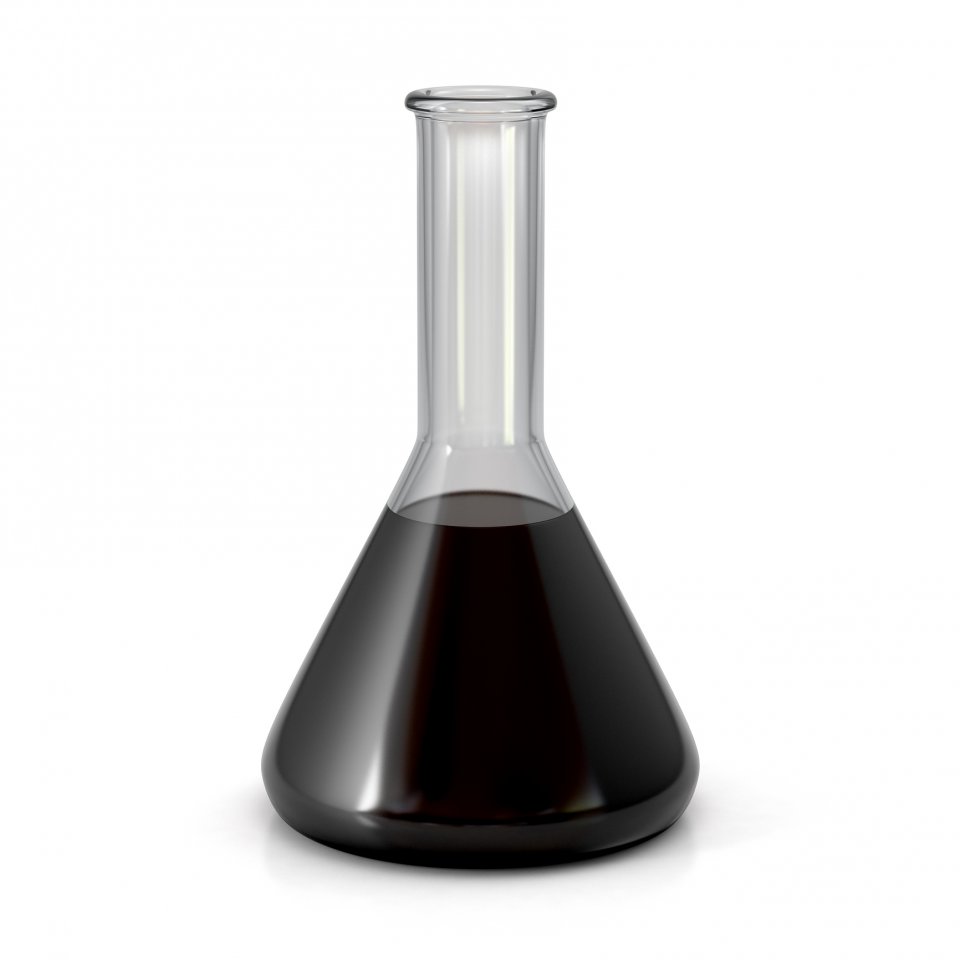The best sampling method
Two objectives when taking a correct sample:
1. Maximum density and minimum disturbance of the data
2. The correct frequency and always the same sampling point
Useful tips for correct sampling:.jpg)
• Always use moving oil for your samples.
• Take samples in moving zones on a running machine.
• Take samples before the filters and behind the machine components (behind the pump).
• Use rinsed sampling valves and instruments when taking a sample.
• Take samples at the correct frequency.
• Always turn the bottle with the first sample over a few times to rinse it. Pour out the oil and refill.
• If a white cap with sealing ring is available, use this as the last way to seal the bottle.
• Samples are immediately sent to the lab.
Sampling from a sump with circulation
Always take the sample behind the pump and before the filter!
Applications:
• When drainage or return pipes are not accessible.
• Total loss systems.
• Multiple return pipes – without manifold.
• When the oil drips/falls directly into the sump.
Typical examples:
Diesel engines, circulating gears, circulating compressors and hydraulic drive systems.
Sampling in moving zones
Do:
1. Take samples in a moving liquid zone using ‘Minimess®’.
2. Take samples in turbulent zones (where the flow direction changes), such as elbows.
3. Take samples downstream from bearings, gears, pumps, cylinders and actuators.
Don't:
1. Take samples in ‘dead’ pipes or pipe ends.
2. Take samples in laminar zones.
3. Take samples in a cold or non-running machine.
Advantages of the Minimess®
• The dead volume is limited.
• Easy to rinse.
• Protective cap with external thread.
• Double seal.
• Suitable for taking samples with a vacuum pump or pressure probe.
• Proper adapter to connect other instruments.
• Suitable for diagnosing the pressure.
Taking samples in reservoirs and tanks with a vacuum pump and a tube
• In circulating systems the sample must be taken as close to the return pipe as possible. Always in the ‘short circuit’.
• In static tanks the sample must be taken in the centre, between the oil surface and the bottom of the tank, away from the walls.
• Use a bar or rod to maintain the same distance from the base of the reservoir.
• Take the sample in standard operating conditions.
Tips for efficient sampling using a vacuum pump
• Never reuse the tubes. Rinse the tubes thoroughly with the oil to be checked.
• For viscous gear oil you should use a vacuum pump with wider tubes.
• To take samples by way of the dipstick of the engine sump, you should cut the tube obliquely so that it is approximately 250mm longer than the dipstick. Put the tube approximately 12mm less than the length of the dipstick in the opening.
• When the bottle is approximately ¾ full, disconnect the bottle to release the vacuum and interrupt the flow of the oil.
• Screw the cap on the bottle and shake the bottle a little to fully rinse the inside. Pour out the oil and refill.
• Refill the bottle for approximately ¾, disconnect the bottle to release the vacuum and interrupt the flow of the oil. Screw the cap tightly onto the bottle.
• When the sample has been taken, disconnect the pump from the bottle in such a way that the oil in the tube can flow back into the sump.




